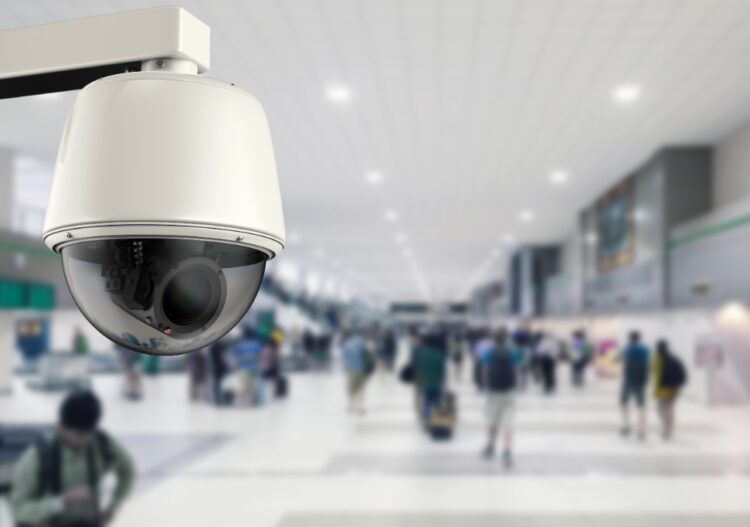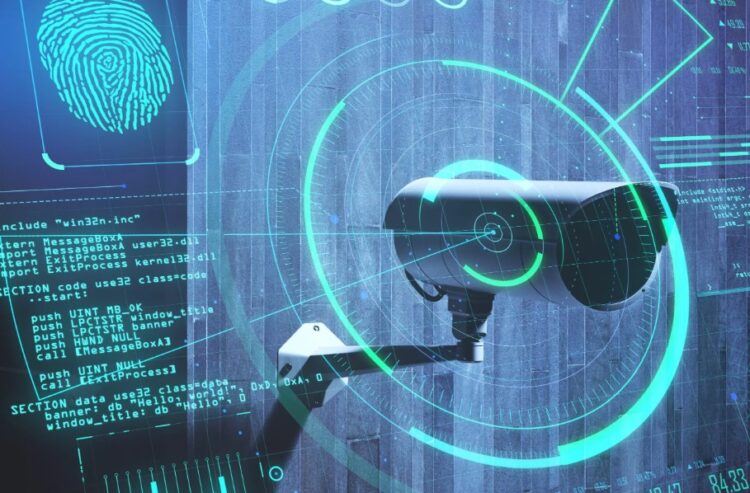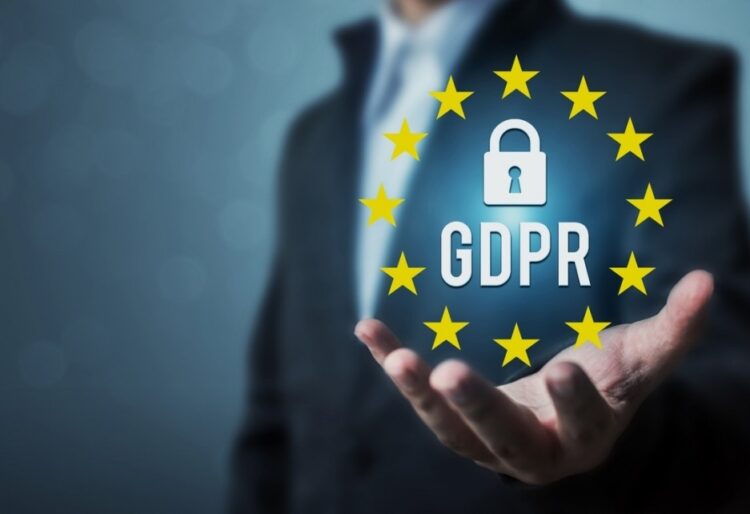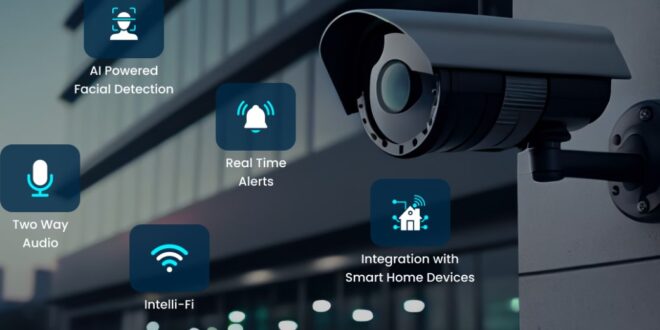Imagine a world where every move you make is recorded, analyzed, and potentially used to predict your next steps. This isn’t a dystopian science fiction scenario—it’s becoming our reality as CCTV and AI integration grow.
The integration of AI with CCTV systems promises increased security and efficiency, but it also raises significant questions about privacy and control. Are we truly ready for this future?
The Role of AI in Modern Surveillance
Artificial intelligence has entered the scene, transforming static CCTV installation systems into dynamic, intelligent surveillance networks. AI can analyze video feeds in real-time, recognize faces, detect unusual activities, and even predict potential crimes. This technology reduces the need for human monitoring and increases the efficiency of security operations.
Key Features
- Facial recognition ─ AI can identify individuals by comparing captured images with stored databases, enhancing security in public spaces.
- Behavior analysis ─ AI algorithms can detect unusual patterns, such as loitering or sudden movements, and alert authorities immediately.
- Predictive policing ─ By analyzing past data, AI can predict where crimes are likely to occur and deploy resources proactively.
Benefits of AI and CCTV Integration

The most significant benefit of AI-integrated CCTV systems is improved security. Real-time monitoring and instant alerts help prevent crimes before they happen. For instance, if an AI system detects someone loitering near a high-security area, it can alert authorities, potentially preventing a break-in.
Resource Efficiency
AI reduces the need for constant human monitoring. Security personnel can focus on responding to incidents rather than watching endless hours of footage. This efficiency translates to cost savings and better allocation of resources.
Quick Response
AI systems can process and analyze data much faster than humans. In emergency situations, this speed can mean the difference between averting a crisis and dealing with its aftermath.
The Privacy Conundrum

While the benefits are clear, the integration of AI with CCTV raises significant privacy concerns. Constant surveillance means every movement is tracked and recorded. This data can be misused or hacked, leading to potential abuses.
One of the biggest fears is the invasion of personal privacy. With cameras everywhere, people may feel constantly watched, affecting their behavior and freedom. The idea that someone is always watching can be unsettling and intrusive.
The vast amounts of data collected by AI-integrated CCTV systems are valuable but vulnerable. If these systems are hacked, sensitive information could be exposed, leading to identity theft, stalking, or other malicious activities.
There are also ethical questions about how this technology is used. For instance, predictive policing can lead to biased outcomes, with certain communities being unfairly targeted based on past data.
Legal and Regulatory Challenges

To address these concerns, robust legal and regulatory frameworks are essential. Governments and regulatory bodies need to establish clear guidelines on the use of AI and CCTV to protect privacy and prevent abuse.
Many countries have started to implement regulations governing the use of AI and surveillance. For instance, the European Union’s General Data Protection Regulation (GDPR) sets strict rules on data collection and usage, offering a model for other regions.
In Summary
Are we ready for a future dominated by CCTV and AI integration? The answer depends on how we address these challenges and harness the technology for the greater good. This future is not set in stone; it’s up to us to shape it responsibly.
 Hi Boox Popular Magazine 2024
Hi Boox Popular Magazine 2024



